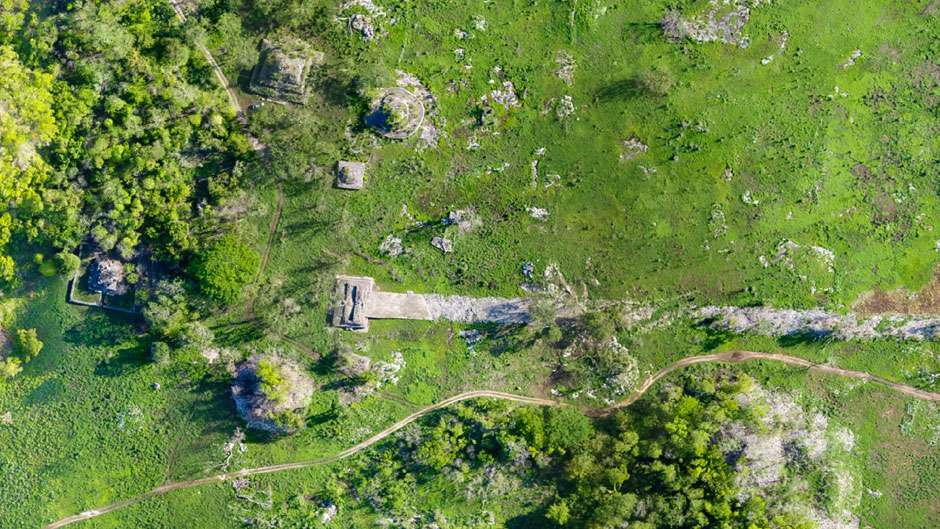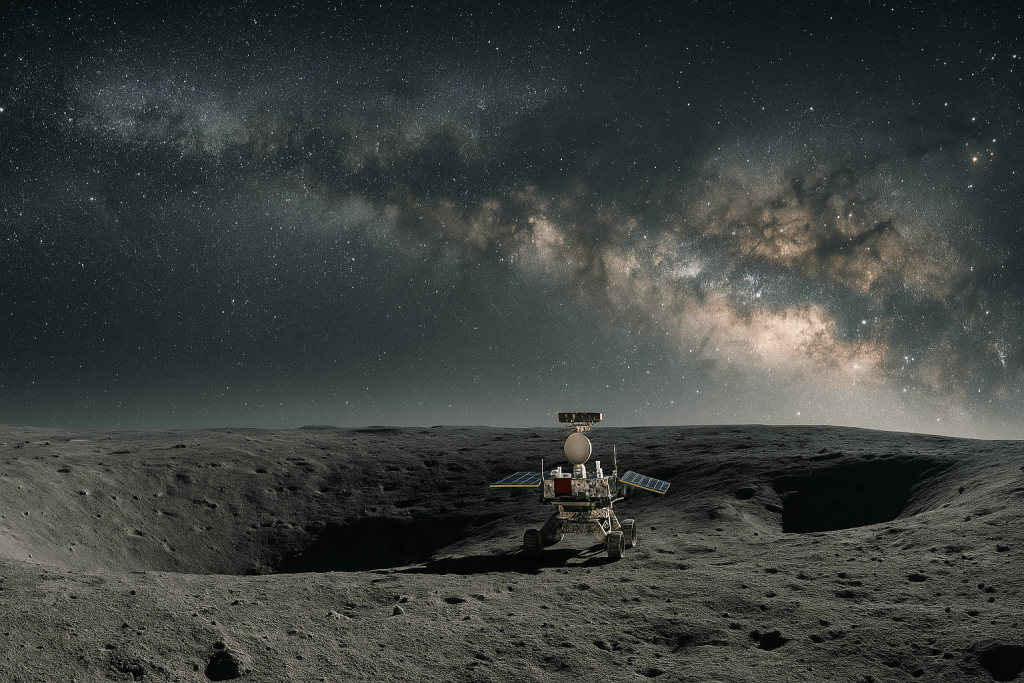1. Introduction: An Image That Launched a Thousand Questions
Imagine standing deep within the Yucatán jungle. Before you, a magnificent structure, taller than anything built in Europe during the same period, claws its way toward the sky. It is a massive stone pyramid, a testament to a civilization that possessed a perfect calendar, mastered complex mathematics, and charted the stars with breathtaking precision. This is Tikal, or Palenque—a central hub of the Maya Classic Period.
Yet, this is where the grand mystery begins. Around the 9th century AD, these vibrant, sprawling urban centers did not fall to a sudden, catastrophic invasion. There was no single Pompeii moment. Instead, the great Maya cities experienced a slow, silent, and profound collapse. One by one, they were simply abandoned. The priests, the kings, the architects, and the hundreds of thousands of common people walked away, leaving their monumental achievements to be swallowed by the jungle.
The question isn’t how the Maya built such perfect cities, but why they willingly chose to leave them to rot. This great silence is the core mystery we must investigate.
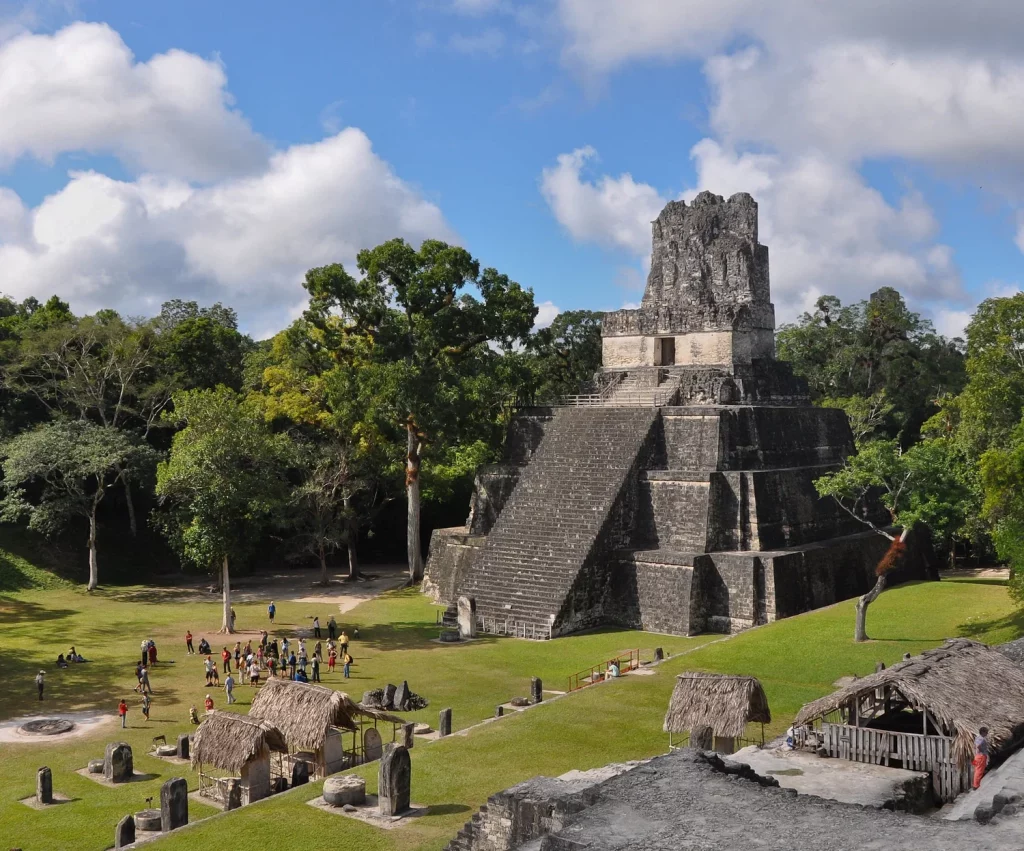
2. Core File 1: The Apex of Achievement and the Core Contradiction
The Maya were, by any metric, a civilization at its technical peak. While Europe was in the Dark Ages, the Maya were using the concept of zero, predicting solar eclipses, and creating monumental architecture without metal tools. Their Calendar Round was so accurate that it could track time thousands of years into the past and future. They were the ultimate ‘Sky Watchers.’
This technical mastery brings us to the first major contradiction of the Maya collapse. A people so adept at observing and predicting celestial cycles—the very cycles that govern weather and seasons—were seemingly unable to prevent the devastation caused by a series of severe droughts.
The failure was not in their science, but in how their science intersected with their social hierarchy. The power of the Maya kings (K’uhul Ajaw – the Holy Lord) was entirely based on their claim to be the divine intermediaries between their people and the gods—especially the vital Rain God, Chaac.
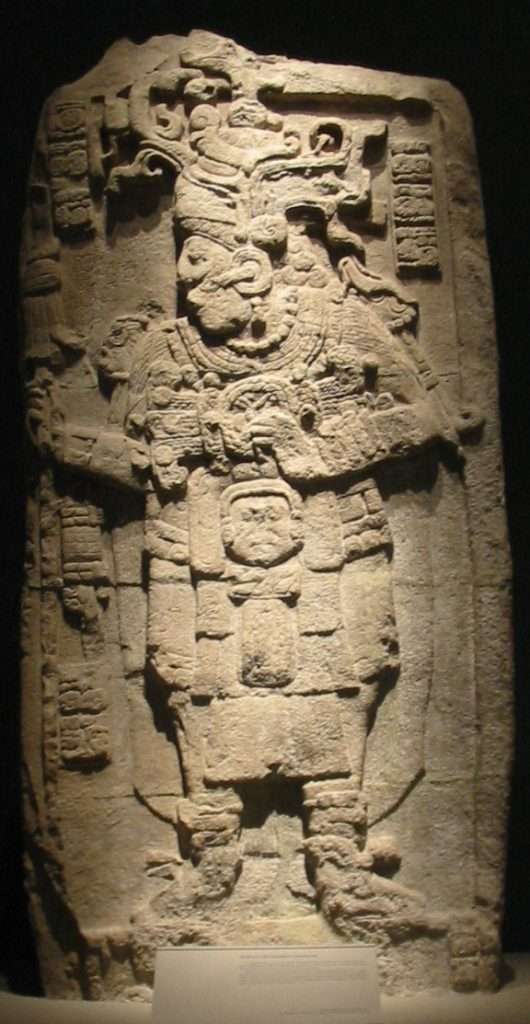
3. Core File 2: The Uncut Snippet of a Failed Contract
The official narrative often simplifies the end: “climate change caused drought, and the Maya starved.” The Uncutcore perspective goes deeper: it was the collapse of belief in the ruling class that caused the final, irreversible social breakdown.
Archaeological evidence, particularly from the Petén Basin, confirms that the region suffered at least three decades of crippling drought between 800 and 930 AD. The rain simply stopped.
This is the pivotal, hidden snippet of the story: The people had a sacred contract with their divine king. The king promised the rains and the harvests in exchange for obedience, taxes (often in the form of labor), and blood sacrifices. When the rain god Chaac failed to respond to the king’s elaborate, and often gruesome, rituals, the populace realized the K’uhul Ajaw was no longer divine. The contract was broken.
The result was not a conventional war, but an internal implosion. People stopped bringing tribute. They stopped doing the communal labor that sustained the large cities. They simply ignored the authority of a failed elite and walked away, choosing their local agricultural survival over the failing urban core.
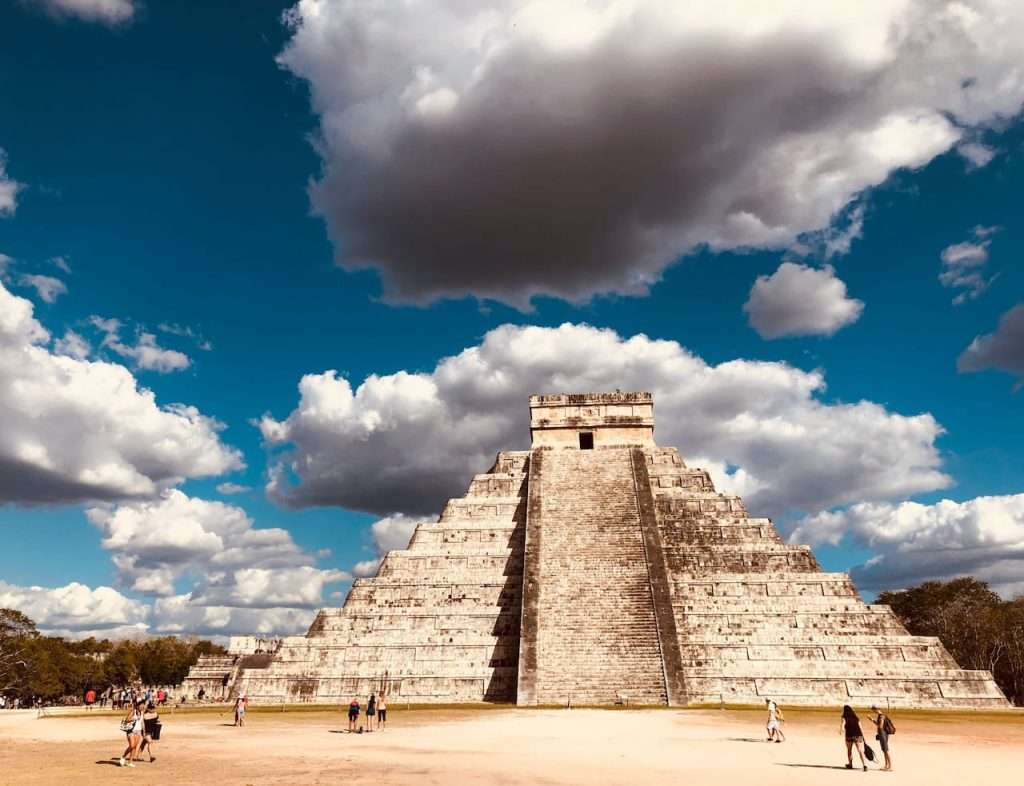
4. Conclusion: The Question of Abandonment and the Secret Path
The Maya collapse, therefore, was less a slow environmental death and more a swift, brutal de-legitimization of a corrupt or incompetent ruling class in the face of environmental stress. The king lost his power, not his life in battle, and the system dissolved from within.
But this collapse was not entirely disorganized. The highest echelons of Maya society—the priests and elite families who held the true knowledge—had to know the crisis was coming. Did they stay and perish? Or did they prepare a means of escape, preserving the ‘core knowledge’ of their civilization?
Evidence shows that before the cities were fully abandoned, the Maya began to place an unusual emphasis on their Sacbeob—the extensive, elevated ‘white roads’ that cut straight through the dense jungle. Were these roads simply for processional or trade use, or did they serve a darker, more secret purpose in the final days of the Classic Maya?
The Uncutcore question for Part 2 is this: As the common people deserted the cities in silence, did the powerful elite use these mysterious, meticulously maintained white pathways to carry the most precious ‘core secrets’ of the Maya civilization to safety? And where did those roads lead?
